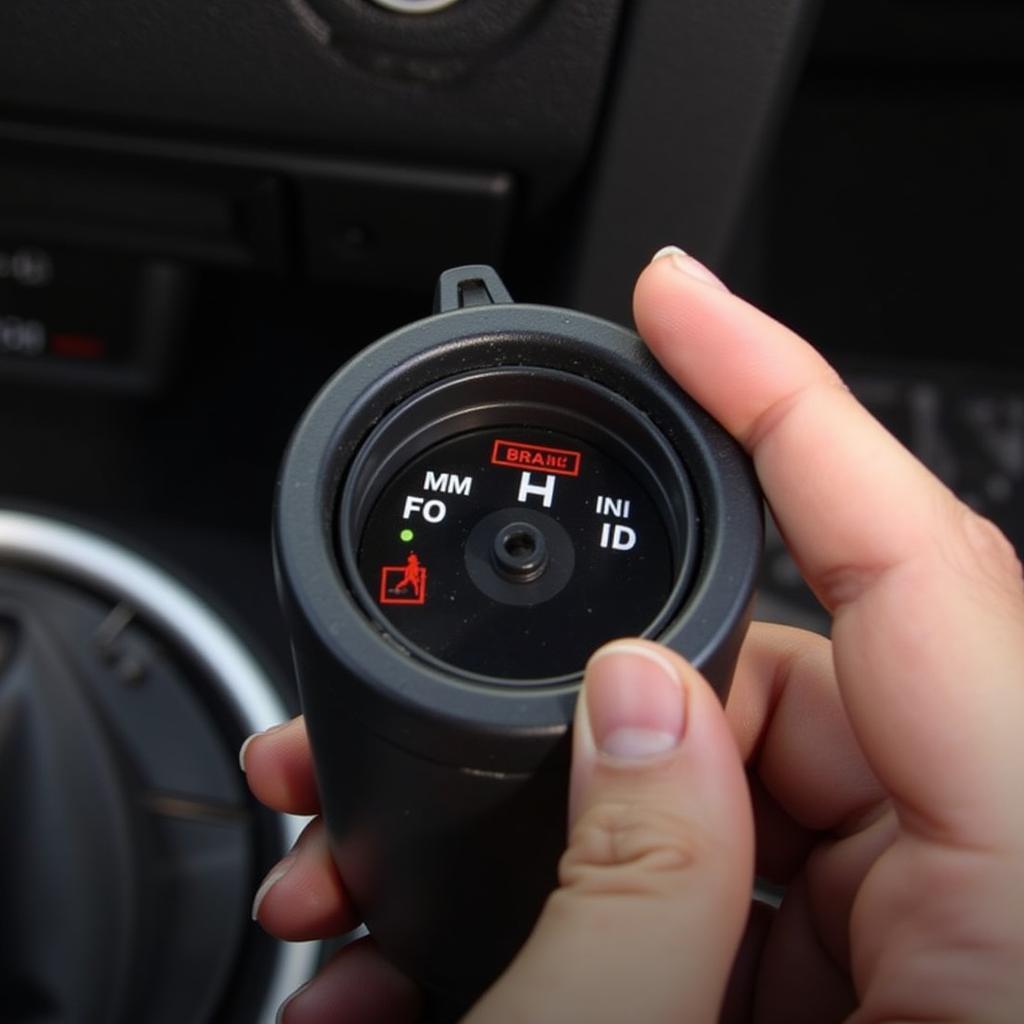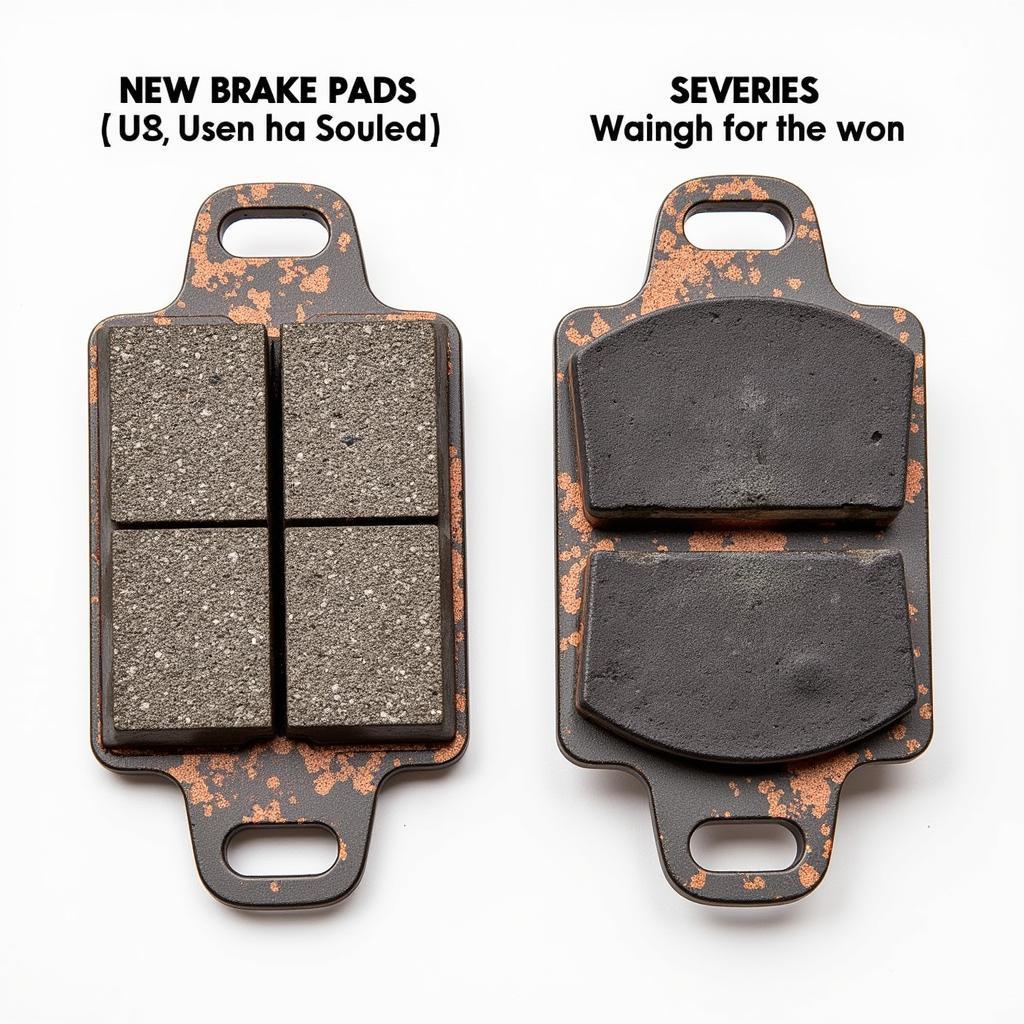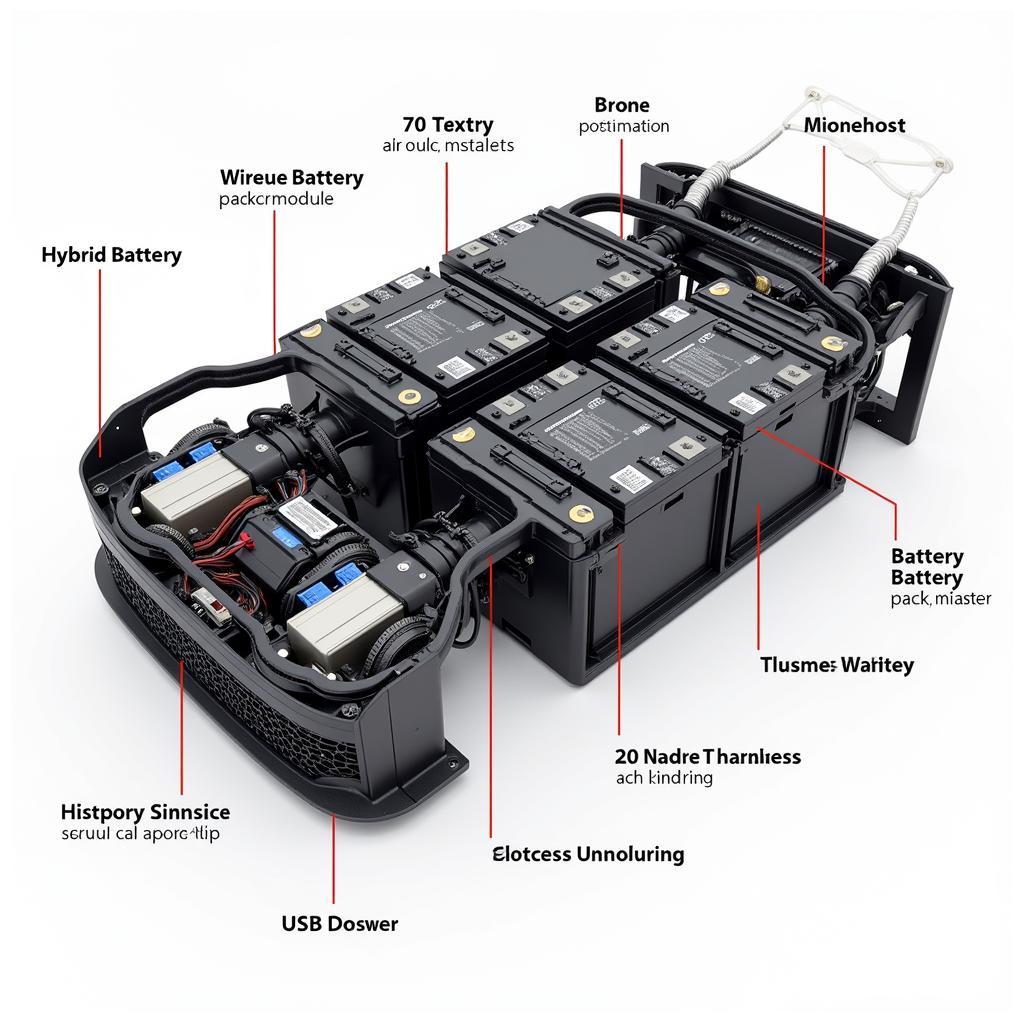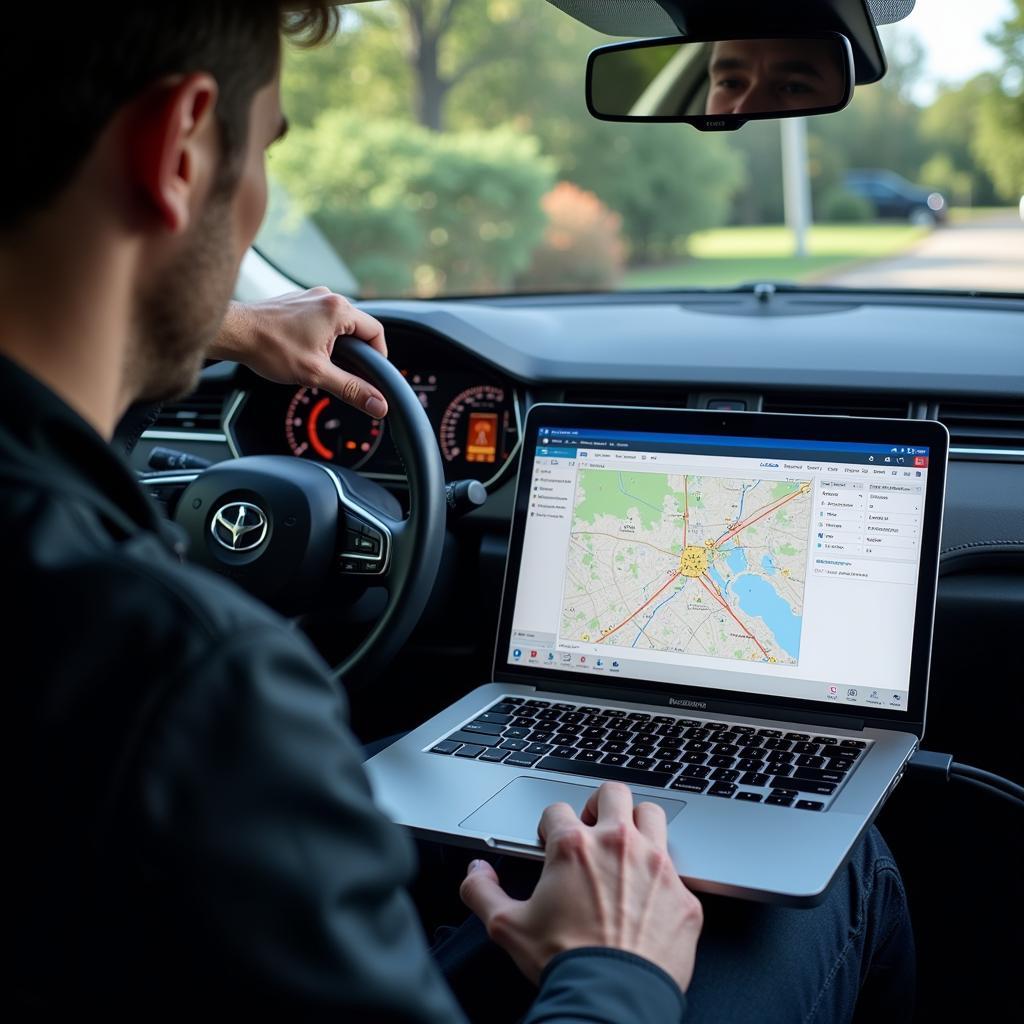A glowing brake warning light on your 2013 Nissan Altima’s dashboard can be a jarring sight. While it might trigger a moment of panic, understanding the potential causes and knowing how to troubleshoot the issue can save you time, money, and unnecessary stress. This article serves as a comprehensive guide to help you diagnose and potentially resolve why your brake warning light is on.
Common Reasons Your Brake Warning Light is On
There are several reasons why your 2013 Nissan Altima’s brake warning light might illuminate. Let’s break down the most common culprits:
1. Low Brake Fluid Level
One of the most frequent reasons for the brake warning light is low brake fluid. Brake fluid is the lifeblood of your car’s braking system, responsible for transmitting the force you apply to the brake pedal to the wheels, ultimately stopping the vehicle.
How to check your brake fluid level:
- Locate the brake fluid reservoir: Look for a translucent plastic reservoir labeled “brake fluid” It’s usually located near the firewall on the driver’s side.
- Check the fluid level: Most reservoirs have minimum and maximum level markings. Ensure the fluid level is between these lines.
- Add brake fluid if necessary: If the level is low, carefully add the correct type of brake fluid for your 2013 Nissan Altima. Refer to your owner’s manual for the specific type.
Important: If you find yourself frequently adding brake fluid, it indicates a leak in the system, requiring immediate professional attention.
 Checking Brake Fluid Level
Checking Brake Fluid Level
2. Worn Brake Pads
Brake pads are designed to wear down over time. When they reach a certain thickness, a sensor (if equipped) triggers the brake warning light to indicate the need for replacement.
How to tell if your brake pads are worn:
- Screeching or squealing sounds: High-pitched noises when applying the brakes often signify worn brake pads.
- Vibration when braking: If you feel pulsations or vibrations in the brake pedal when braking, it could be due to uneven wear or warping of the brake rotors, often associated with worn pads.
- Visually inspect the brake pads: If you’re comfortable with basic car maintenance, you can visually inspect the brake pads. Look through the spaces between the wheel spokes for the brake pad. A thin pad (less than 1/4 inch) typically needs replacement.
 Worn Brake Pads on a Nissan Altima
Worn Brake Pads on a Nissan Altima
3. Brake System Malfunction
While low brake fluid and worn brake pads are the most common culprits, the brake warning light can also indicate other issues:
- Faulty brake light switch: A malfunctioning brake light switch can prevent your brake lights from activating when you press the pedal, triggering the warning light.
- ABS sensor issue: The Anti-lock Braking System (ABS) uses sensors to monitor wheel speed. A faulty ABS sensor can illuminate the brake warning light.
- Master cylinder problems: The master cylinder is the heart of the hydraulic brake system. A leak or internal failure can trigger the warning light.
What to Do When Your Brake Warning Light Comes On
If your 2013 Nissan Altima’s brake warning light illuminates, take these steps:
- Safely pull over: Find a safe location to park your car.
- Check your owner’s manual: Your owner’s manual often provides model-specific information and troubleshooting tips for warning lights.
- Inspect the brake fluid level: As mentioned earlier, this is the first thing you should check.
- Avoid driving: If the brake fluid level is significantly low, you hear unusual noises when braking, or the pedal feels spongy, avoid driving your car and contact a qualified mechanic immediately.
Remote Diagnostic and Programming Solutions
In today’s technologically advanced world, remote diagnostic and programming services are becoming increasingly common for car maintenance. These services can offer:
- Remote diagnostics: Skilled technicians can remotely access your car’s computer system to read error codes and diagnose problems, potentially saving you a trip to the mechanic.
- Software updates and programming: Manufacturers often release software updates to address bugs, improve performance, and even fix potential safety issues. Remote programming services can install these updates without you having to visit a dealership.
 Remote Diagnostics for Nissan Altima
Remote Diagnostics for Nissan Altima
Conclusion
Ignoring a brake warning light is never a risk worth taking. By understanding the potential causes and following the recommended steps, you can address the issue promptly and ensure your 2013 Nissan Altima remains safe to drive. Remember, when in doubt, seek professional assistance from a qualified mechanic or consider utilizing remote diagnostic and programming services for convenient and efficient troubleshooting.


